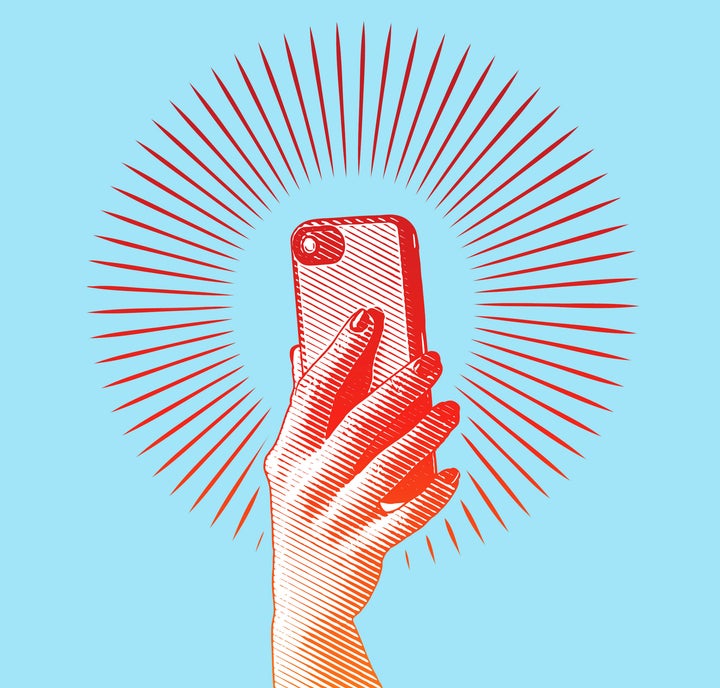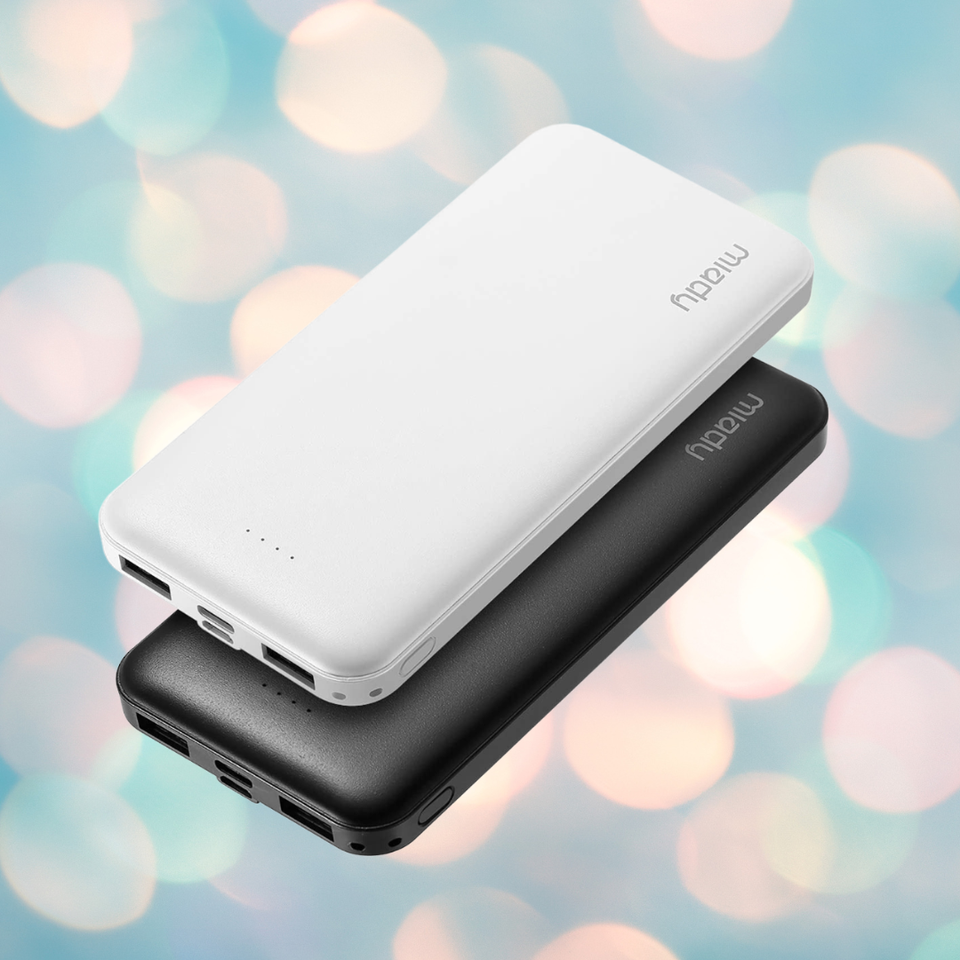
In the 21st century, most of us live on our smartphones. They serve as a pocket computer, alarm clock, notepad, contact list, photo album, fitness tracker, GPS, encyclopedia, music player and, of course, a telephone. Moreover, these action-packed devices can feel like an extension of your own personality, and it is easy to feel naked without it.
When you reach for your pocket and realize your phone is not there, a wave of panic might set in. But there are a few quick and easy steps to start your search. If you’ve lost or misplaced an iPhone specifically, try these simple solutions to restore your sense of peace and, hopefully, bring your beloved phone back to its rightful owner.
I can’t find my iPhone. What now?
There are two Find My functions available from Apple that can help you locate a missing phone.
The Find My app is the primary means of searching for missing Apple devices, and Apple’s Find My network uses Bluetooth crowdsourcing to further help locate late-model iPhones and certain third-party items on your network. So long as you have these two services turned on in your settings, you’ll be able to use one or both to try locating your missing iPhone.
(To turn them on now, just go to Settings > Your Username > Find My > Find My iPhone. There, you can enable both Find My iPhone and Find My Network.)

When your phone is missing, you can use any browser or another iPhone to access the Find My app, where you can insert your username and password to navigate to your iCloud.com account.
There, you can see your registered devices on a standard, hybrid or satellite map. If it’s not the first in your list to display, select your missing phone from the dropdown menu and a map will display your phone’s physical location on the screen.

If you’re on another Apple device (Apple Watch, iPad, etc.), you can also use Find My’s “find devices” feature to play a sound on your lost iPhone. A noise will toll, and the volume will slowly increase. If your phone is set to vibrate, it will do that, too. If your phone is on Wi-Fi or on a cellular network, you’ll be able to hear it if it’s in earshot.
If you are part of a family-sharing group (a setting that allows an adult to add up to six family members to share apps, music, books and more), a family member can also help locate your phone by logging into their iCloud account and searching for your devices.
The Find My network is a secondary handy tool you can turn on for your phone that works with the Find My app. It enables your device to send out end-to-end encrypted Bluetooth signals (“like a lost cat meowing in the dark,” according to the Apple-focused tech site TidBits), and if certain other Apple devices with internet connections are nearby, they will anonymously pick up these signals and relay them to your Find My app as your device’s approximate location, without compromising your privacy. If you have AirTags, you’ll be familiar with how this works.
How can I find my iPhone when it is turned off?
Good news: With iOS 15, iPhone models 11 and up will transmit their location even when powered off if you have already chosen to enable “Find My network” in your settings. To make sure this search is available to you in case you need it, first set your passcode and FaceID. Then enable “Find My iPhone” and “Find My network” as directed above. When activated, your iPhone will remain “findable” via Apple’s Bluetooth network even when it is off or the battery has died.
Fair warning: It is harder to recover older-model phones if they have been switched off. But it may be possible if the device hasn’t moved or if someone turns it back on. iPhone owners can follow the directions above, and “Find My iPhone” will display the last place the phone was located before going offline. If you choose the option to “notify me when discovered,” the app will notify you of your phone’s location when it is turned back on. If you’re in luck, someone will power it up, and you’ll be able to reunite with your phone.
How do I protect my information when my iPhone is lost?
On iCloud.com or via the Find My app, under “Find My iPhone,” you can enable “Lost Mode” to lock down your accounts and devices. This feature will secure your missing iPhone, iPad, iPod Touch, Mac or Apple Watch to prevent unauthorized users from getting access to your private data, including Apple Pay and social media accounts.
If someone tries to access your information, an email will be sent to the email associated with your Apple ID. If a good Samaritan happens to find your lost gadget when it is still turned on, they might see a message stating that it is missing. It will also display approved ways to contact you to return it.
In “Lost Mode,” you can still view your device’s position on a map as well as see any changes to that location.
You can also edit your contact information after marking your iPhone lost. This helps if you’d like to add a friend or family member’s phone number or email address for future contact.
If you can’t recover your lost phone, remember to deauthorize the device from your Apple ID so that your downloads will not be accessible. And tell your friends and family not to accept any new friend requests or messages asking for money. The sooner they know that anyone using your phone isn’t you, the better. Last but not least, report your phone lost or stolen to the police and your phone carrier, so that they can track the serial number should it later be returned or found.
What can I do now to safeguard my iPhone in case I lose it?
The most crucial thing you can do to protect your smartphone is to set a secure iPhone passcode. Alternatively, using Face ID or Touch ID will make it very hard for anyone to unlock your device or to use any of its third-party applications. And don’t forget to turn on your Find My options by clicking your name in settings.
Generally, it is best to adopt good safety protocols for your data privacy. Refrain from logging on to unsecured Wi-Fi networks, where hackers and spammers might take advantage to learn your passwords, codes and other authorization methods.
If you can’t recover your phone, talk to your carrier.
If these solutions don’t help, then contact your phone carrier and notify them that your phone has been lost or stolen. The carrier will flag the International Mobile Equipment Identity (MEI) number of your device. In most cases, the flag will disable the device by not allowing it to connect to the network. This makes it worthless to whoever has it and isn’t returning it.
Remember, monitoring your device while it is off is very hard to do. The best hope is that it will be recognized by a Wi-Fi network or another device in the “Find My network” feature. In both cases, you might get lucky enough to find it nearby.
If you’re not so lucky, suspend service after you’re certain your iPhone is really nowhere to be found.
